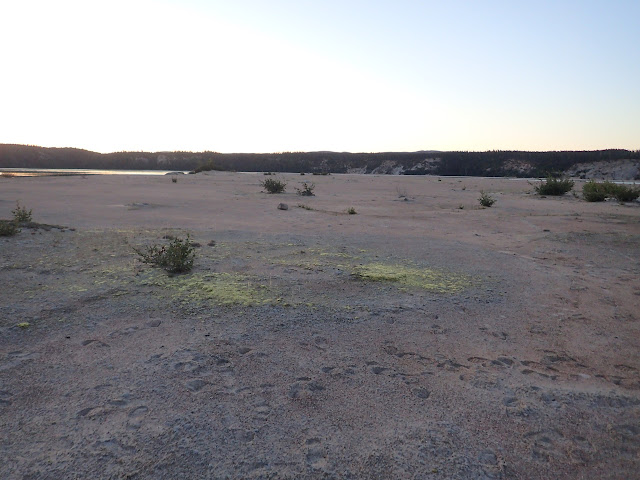Guest Post by James L. Gordon, P. Eng. (Ret'd)
I have mentioned several times that a review board is
essential for the North Spur.
Perhaps I should summarise the reasons
particularly since the Owner’s engineering consultancy - Hatch - has made the same
recommendation.
It is acknowledged that the North Spur natural dam is the
first time a dam containing marine clay and founded on a deep deposit of marine
clay has been used in a hydro dam. All major “firsts” always have a review
board to add assurance to the design. I have worked on three dam “firsts” and
all had review boards, and all benefited from their advice.
The first was at Duncan in BC, which is founded on a deep
deposit of unconsolidated liquefiable silt. It holds the world record for
settlement as predicted, at now over 6m. We had a 4-man review board which made
significant changes to the project layout, adding to security.
The second was at Bighorn in Alberta, where the deepest (to
date) cut-off through gravel and boulders was part of the dam. There we had a
2-man review board, including Dr. A. Casagrande from Harvard. He made a major
change in the dam design which, on hindsight, avoided a possible dam failure.






